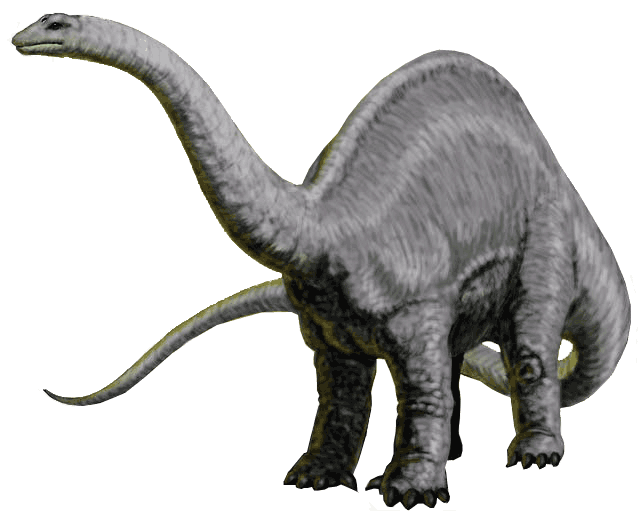 |
| Tyrannosaurus rex fossil |
At natural history museums, the star attractions are usually the dinosaur skeletons. Kids usually can’t wait to see the T-rex, brontosaurus, and stegosaurus bones. But little do they know that what they are seeing are not actually the bones of the dinosaurs. They are fossils.
Fossilization, in the simplest sense, is the preservation of what was once organic into something inorganic. Bones are the most recognizable fossilized things, but not the only and certainly not the most common. Just to name a few things that can be fossilized: shells, tracks left in the ground, pollen, imprints of animals, wood, and poo. (A fossilized piece of poo is called a coprolite.) But today, we’re just going to cover the fossilization of prehistoric animal bones, since generally people deem them the most exciting.
To be fossilized, an animal must die in just the right place at the right time. In fact, lots of things must go right. First off, it must be buried immediately or very soon after death. It must stay there for a very long time, allowing all soft tissues to degrade. Just the right type of rock must begin to cover the remains. The remains must resist the tremendous pressure of the resulting rock over millions of years. And then some jerk has to find it. What are the chances of all that happening? It’s amazing we have as many fossils as we do.
 |
| Apatosaurus Louie (rareresourse.com) |
To make this process a little less abstract, let’s talk about a specific example. An Apatosaurus named Louie is taking a walk 152 million years ago when he breaks his leg while drinking from a riverbed. Louie struggles to walk but can’t, and dies from starvation a few days later. The water and the sediment suspended within it begins to cover Louie up. After a while, he is totally buried beneath the sediment. By then, the decomposition process has started. Skin, muscle, and connective tissue becomes gooey and breaks down. Water and body fluids dissipate into the surroundings. After a short while, only inorganic body parts are left- bones, teeth, etc. Now we jump into warp speed- because the rest of the fossilization process takes millions of years.
More sedimentary rock (like the rock in the Grand Canyon) begins to form on top of Louie’s final resting place. Rock begins pressurizing his bones, and minerals and microscopic bits of rock are forced into the tiny open spaces of his bones. As time goes on and the pressure becomes greater, so does the level and detail of fossilization. The inorganic minerals that were original to Louie’s bones (like calcium) are still there, but the empty spaces are now filled with rock. Louie’s bones have been rock-ified. The podcast “Stuff You Should Know” from howstuffworks.com likens this process to filling a sponge with glue- the original minerals of Louie’s bones are still, but sort of cemented in position. So really, the fossilized skeletons you see at museums are more rock than they are bone.
Now Enter Dr. Grant. In order to be found, the rock in which Louie was preserved must have moved and shifted over the millenia in such a way that his remains are relatively close to the surface, or side of the rock. Someone has to know to look there… which is improbable and then requires a whole lot of luck. Then someone who knows what they’re doing must exhume the remains without effing up. The chances of an animal’s remains making it all the way into a natural history museum are miniscule. But those fossils that we have found and unearthed comprise the fossil record- which is all of the fossils we have found considered as a whole in the context of where they appear in the strata. The fossil record tells the chronological story of the evolution of life on earth.
Lots of evolution opponents argue that the lack of a complete fossil record is evidence against evolution. They argue that if animals evolve slowly and gradually, we should have record of all the stages in between the old and new fauna. Where’s the man-monkey, they ask? Where’s the bird-dinosaur? Where’s the fish-landanimal? “Show us the transition fossils!” they say.
Now being more familiar with the fossilization process, what would you say to them? Hopefully something along the lines of, “fossils aren’t a dime a dozen, PAL,” or “only a fraction of the species that lived were lucky enough to be fossilized, BUDDY,” or "we only are able to locate a small percentage of the fossils, FRIEND." And then, start naming the incredible transition fossils we do have.
 |
| Tiktaalik- link between fish and tetrapods. Fossil found in ice regions of Canada (wikicommons) |
 |
| Archaeopteryx- link between dinos and birds. Fossil found in Germany. (wikicommons) |
 |
| Ambulocetus- link between land animals and whales. Fossils found in Pakistan (wikicommons) |
I mentioned the Podcast “Stuff You Should Know” from howstuffworks.com. I recommend you go to iTunes and subscribe to it right now. It’s free. Josh and Chuck, the hosts, explain all sorts of cool things from withcraft to dark matter. And they’re pretty funny.

No comments:
Post a Comment